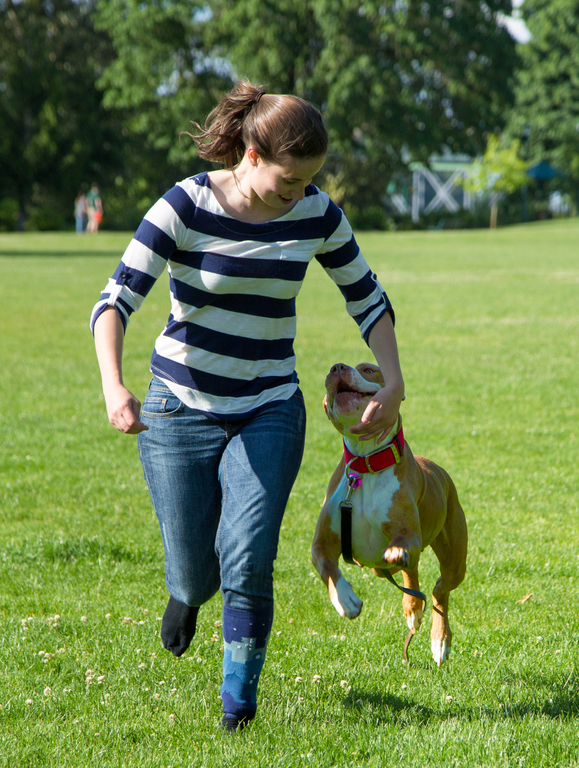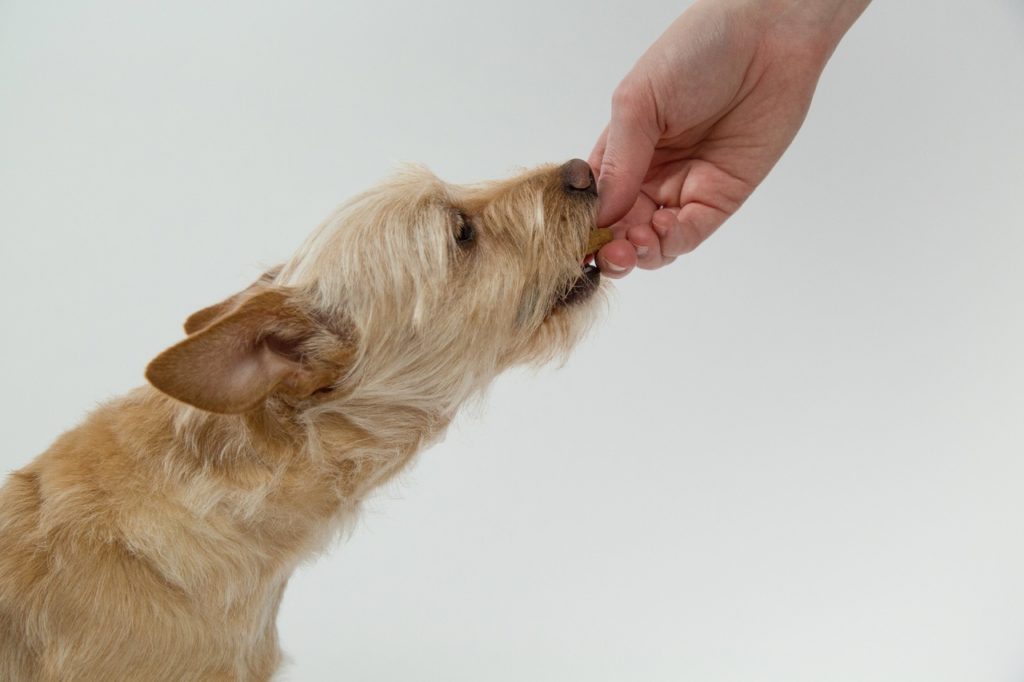In the realm of canine health, the phenomenon of wheezing in dogs serves as a crucial indicator of potential underlying health issues that necessitate attention.
From respiratory conditions to allergens and infectious agents, the causes of canine wheezing are diverse and sometimes serious. Understanding these triggers and knowing when to seek professional guidance can make all the difference in your pet's well-being.
However, before rushing to conclusions, it is essential to recognize the distinctive signs of wheezing and the appropriate steps to take when your furry companion exhibits such symptoms.
Key Takeaways
- Wheezing in dogs can be caused by asthma, heart disease, collapsed trachea, or exposure to kennel cough.
- Recognize wheezing by its distinct sound, and consult a vet for proper evaluation and timely treatment.
- Seek prompt veterinary attention, schedule a comprehensive check-up, and consider pet insurance for unexpected expenses.
- Prevent dog wheezing by maintaining clean environments, controlling air quality, and avoiding irritants for respiratory health.
Common Causes of Dog Wheezing
Dog wheezing can be attributed to various underlying causes, including asthma triggered by allergic reactions, heart disease, a collapsed trachea, kennel cough, and choking incidents.
Asthma in dogs can result from inhaling allergens, leading to inflamed airways and wheezing.
Heart disease may cause fluid buildup in the lungs, resulting in wheezing sounds.
A collapsed trachea, common in small breeds, can lead to wheezing and a distinctive honking cough.
Exposure to kennel cough in boarding facilities can also induce wheezing symptoms.
Choking incidents, whether from ingesting foreign objects or respiratory obstructions, can cause temporary wheezing in dogs.
Identifying the specific cause of wheezing is crucial for effective treatment and management of your pet's health.
Identifying Wheezing in Dogs
Recognizing wheezing in canines involves distinguishing a distinct whistle or rattle-like sound during their breathing. It is essential for pet owners to differentiate wheezing from other respiratory sounds like coughing, sneezing, or reverse sneezing. If unfamiliar sounds are heard, consulting a veterinarian is highly recommended to ensure proper evaluation and treatment.
- Emotion-evoking bullet list:
- Witnessing your beloved pet struggle to breathe can be distressing.
- The sound of wheezing can trigger feelings of worry and helplessness.
- Seeking prompt veterinary care can alleviate anxiety and ensure the well-being of your furry companion.
Actions When Your Dog Wheezes

When a dog exhibits wheezing symptoms, prompt veterinary attention is crucial to address the underlying cause and ensure the well-being of the pet. Contacting the veterinarian immediately and scheduling a visit for a comprehensive check-up is essential.
A precise diagnosis can be made through a thorough physical examination and possibly a chest X-ray. Emergency care might be necessary, especially for brachycephalic breeds prone to respiratory issues.
Considering pet insurance can help alleviate the financial burden of unexpected medical expenses. Taking swift action when your dog wheezes is vital in providing timely and appropriate treatment, improving the chances of a successful recovery and maintaining your pet's overall health and happiness.
Preventative Measures for Dog Wheezing
Implementing proactive measures can significantly reduce the likelihood of dog wheezing episodes, ultimately enhancing your pet's respiratory health and quality of life. To protect your furry friend from wheezing episodes, consider the following preventative measures:
- Regular Cleaning: Keeping your home clean by vacuuming regularly and washing your pet's bedding can help reduce allergens and irritants in the environment.
- Air Quality Control: Using an air purifier can help filter out pollutants, while avoiding indoor smoking can prevent respiratory issues in your dog.
- Avoiding Irritants: Limiting the use of air fresheners, perfumes, and fragrances can minimize potential triggers for wheezing episodes.
When to Call a Veterinarian

At the onset of observing concerning respiratory symptoms in your dog, prompt communication with a veterinarian is essential for timely evaluation and appropriate management.
If your dog is wheezing, especially if it is accompanied by other symptoms such as difficulty breathing, excessive panting, or bluish gums, contacting a veterinarian immediately is crucial.
A veterinarian will be able to conduct a thorough examination, which may include listening to your dog's lungs, checking for any obstructions in the airways, and possibly ordering further diagnostic tests such as chest X-rays.
Depending on the underlying cause of the wheezing, emergency care may be necessary, particularly for brachycephalic breeds who are more prone to respiratory issues.
Conclusion
In conclusion, recognizing and addressing wheezing in dogs promptly is crucial for their respiratory health. Understanding the common causes, identifying wheezing sounds, taking appropriate actions, and implementing preventative measures can help safeguard your furry companion from potential complications.
Seeking veterinary attention when necessary is imperative for accurate diagnosis and treatment. By staying vigilant and proactive, pet owners can ensure their dog's well-being and quality of life.




